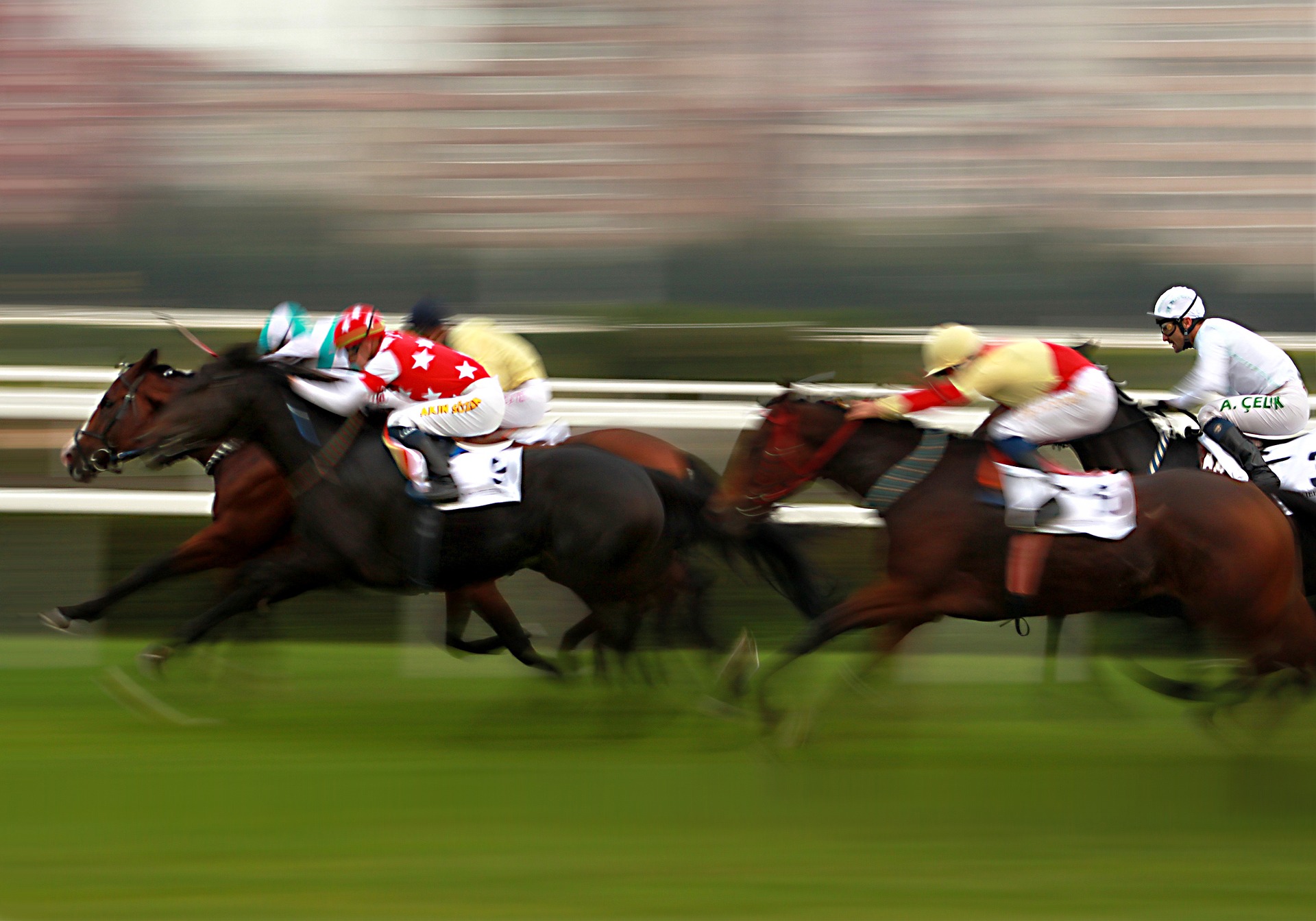Heat stress on race horses in a changing climate
Thoroughbred race horses could become more exposed to heat stress in Australia as climate change makes hotter days more common during spring.
Horse racing has a long history in Australia. According to a recent report, the racing industry directly contributes around $1.4 billion to the Australian Gross Domestic Product, while close to 160,000 people are involved in the country's thoroughbred racing industry.

Some of Australia's most popular horse races, including the Melbourne Cup, are help in Victoria during the spring carnival. This series of races take place in the relatively mild months between winter and summer, usually providing a window of reasonable weather for horses and spectators alike.
However, the weather isn't always perfect in Melbourne. In 2018, heavy rain caused flash flooding in the city on the morning of the Cup. Back in 1902, the temperature reached a summerlike 35.1 degrees on the day of the Melbourne Cup.
While rain can have a big impact on the track, the temperature can have a notable effect on the health of a racehorse.
A recent article published in the Australian Veterinary Journal found that thoroughbred racehorses can reach speeds of approximately 70km/h during races. The effort required to hit these speeds can cause heart rates to peak at about 250 beats per minute. This produces enough heat to raise a horse's core temperature by around 1ºC per minute. The study suggests that a horse's internal body temperature will reach dangerous levels if this accumulated internal heat is not effectively dissipated.
Like humans, horses find it harder to cool down naturally on hot and humid days. As the temperature and relative humidity increases, thoroughbred horses become more prone to heat stress.
Racing Victoria's Procedure for Racing in Hot Weather was updated in 2016, reducing to 30 degrees the temperature threshold at which the procedure is implemented. This change was designed to limit the effect of heat on both the horses and humans involved in racing.
An analysis by Monash University found that the number of days over 30 degrees in Melbourne during the Spring Carnival has increased around four days over the last 50 years. The highest temperature of the Spring Carnival has also increased by about four degrees during the last five decades.
According to Dr Di Evans from the RSPCA, rising temperatures could be putting thoroughbred horses at an increased risk of heat stress, even outside summer.
"You can actually get heat stress during spring because horses have just come out of winter and sometimes we are seeing unusually hot spring temperatures, so horses haven't had a chance to have natural adaptation occurring" said Dr Evans.
While the temperature only reached 19.6 degrees on the day of the Melbourne Cup this year, the city registered a sweltering 40.9 degrees just two weeks later. This was Melbourne's equal warmest spring day in 164 years of records.